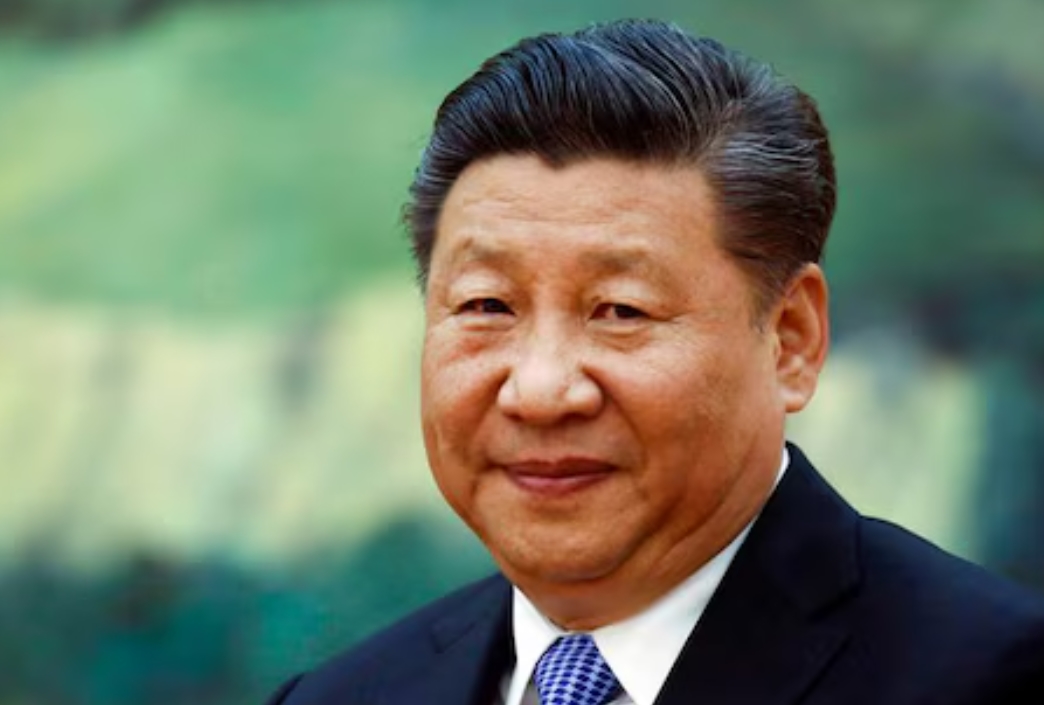Xi Jinping Takes Direct Control Over Military
Chinese President Xi Jinping has recently dissolved the Strategic Support Force (SSF), which was established in 2015. The SSF, once a cutting-edge unit integrating cyber and space warfare capabilities, were restructured into three separate entities:
- Information Support Force (ISF)
- Aerospace Force
- Cyber Force
This reform was conducted under the aegis of the Central Military Commission (CMC), emphasizing direct control and streamlined command lines.
Information Support Force (ISF)
President Xi Jinping sees the creation of the ISF as a crucial strategic decision aligned with the need for a modernized and powerful military. The ISF, as a new branch of the military, focusses on the coordination, construction, and application of network information systems, which are fundamental in modern warfare to achieve information superiority. ISF is aimed at enhancing the Chinese military’s capabilities in high-quality development and competitiveness in an era of technologically advanced warfare.
Evolution of China’s Military Reforms under Xi Jinping
The genesis of the SSF and its subsequent restructuring into the ISF and other forces can be traced back to Xi Jinping’s broader military reforms initiated in 2015. These reforms sought to modernize the People’s Liberation Army (PLA) by reducing troop numbers and reorganizing the military’s structure into more efficient units.
The establishment of five theatre commands and the move to place logistics, training, and mobilization directly under CMC control were major parts of these reforms. Essentially, Xi aimed to enhance “joint operational” capabilities across different military branches, making them capable of operating more independently and effectively in various domains of warfare.
Driving Factors Behind the Latest Reforms
Several factors influenced the recent decision to dissolve the SSF and establish new military divisions.
- Firstly, technological vulnerabilities and intelligence failures, such as the international incident involving a Chinese surveillance balloon shot down by the U.S., highlighted the need for better coordinated and more resilient military structures.
- Secondly, the SSF was increasingly seen as susceptible to international pressures and technological containment strategies, particularly from the United States aiming to limit China’s military-civil fusion strategy.
- Thirdly, issues of corruption within the military ranks, notably involving high-ranking officials like the former SSF commander, underscored the necessity for tight control and reliability within the military forces.
Further, Xi’s direct control over the military aims to eliminate inefficiencies and ensure absolute loyalty and effectiveness of the military in peacetime and wartime scenarios. By restructuring the SSF into new divisions under direct CMC oversight, Xi Jinping is tightening the Party’s grip over the military, ensuring strict adherence to the commands from the central leadership, and enabling the military to better respond to modern security challenges.
Implications for Global Security and Future Developments
The enhanced focus on cyber and information warfare capacities will likely influence global security dynamics, especially in terms of cyber security and space warfare.
Month: Current Affairs - April, 2024
Category: International / World Current Affairs






